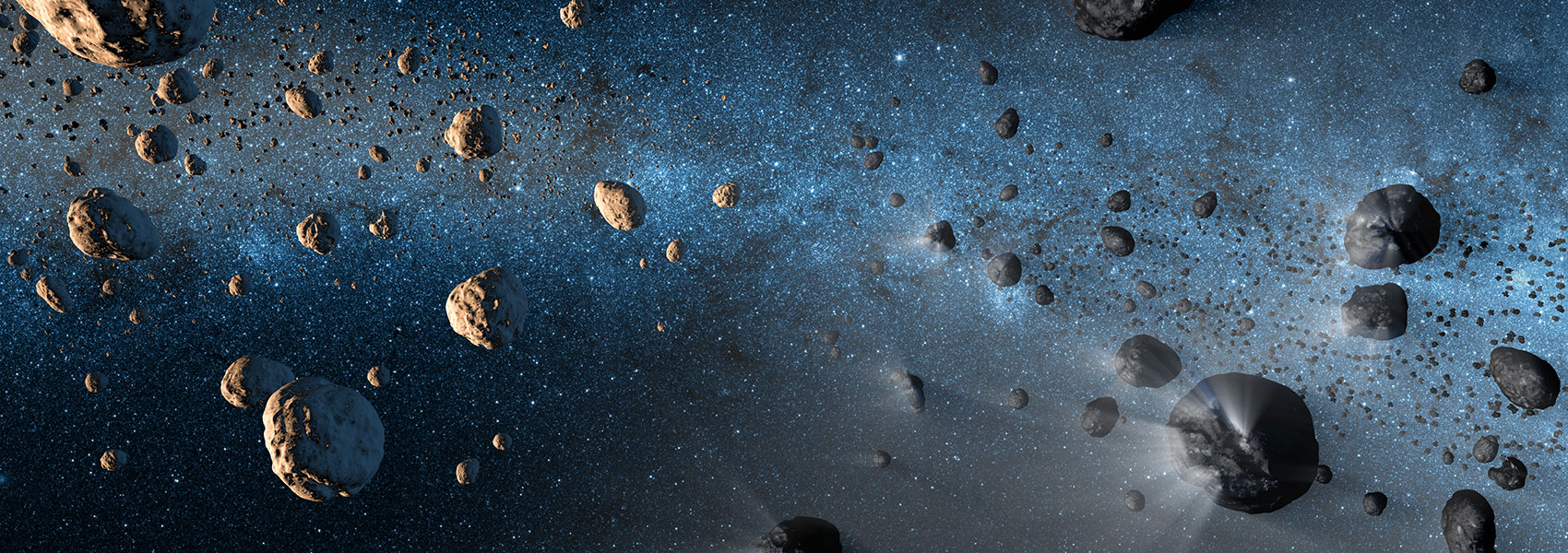March
2012
•
2012ApJ...747...29R
Authors
•
Rawle, T. D.
•
Edge, A. C.
•
Egami, E.
•
Rex, M.
•
Smith, G. P.
•
Altieri, B.
•
Fiedler, A.
•
Haines, C. P.
•
Pereira, M. J.
•
Pérez-González, P. G.
•
Portouw, J.
•
Valtchanov, I.
•
Walth, G.
•
van der Werf, P. P.
•
Zemcov, M.
Abstract
•
We present far-infrared (FIR) analysis of 68 brightest cluster galaxies (BCGs) at 0.08 < z < 1.0. Deriving total infrared luminosities directly from Spitzer and Herschel photometry spanning the peak of the dust component (24-500 μm), we calculate the obscured star formation rate (SFR). 22+6.2 -5.3% of the BCGs are detected in the far-infrared, with SFR = 1-150 M ⊙ yr-1. The infrared luminosity is highly correlated with cluster X-ray gas cooling times for cool-core clusters (gas cooling time <1 Gyr), strongly suggesting that the star formation in these BCGs is influenced by the cluster-scale cooling process. The occurrence of the molecular gas tracing Hα emission is also correlated with obscured star formation. For all but the most luminous BCGs (L TIR > 2 × 1011 L ⊙), only a small (lsim0.4 mag) reddening correction is required for SFR(Hα) to agree with SFRFIR. The relatively low Hα extinction (dust obscuration), compared to values reported for the general star-forming population, lends further weight to an alternate (external) origin for the cold gas. Finally, we use a stacking analysis of non-cool-core clusters to show that the majority of the fuel for star formation in the FIR-bright BCGs is unlikely to originate from normal stellar mass loss.
Herschel is an ESA space observatory with science instruments provided by European-led Principal Investigator consortia and with important participation from NASA.
Links




